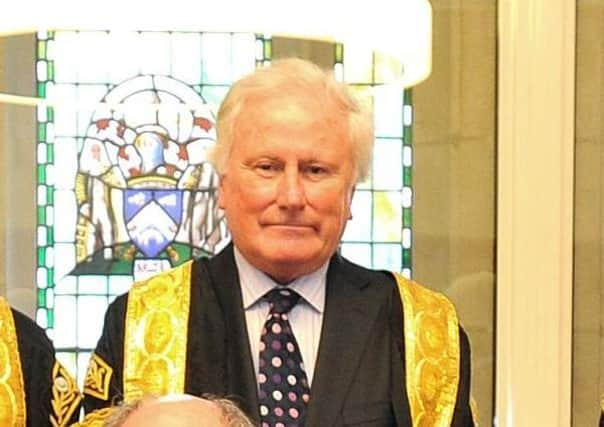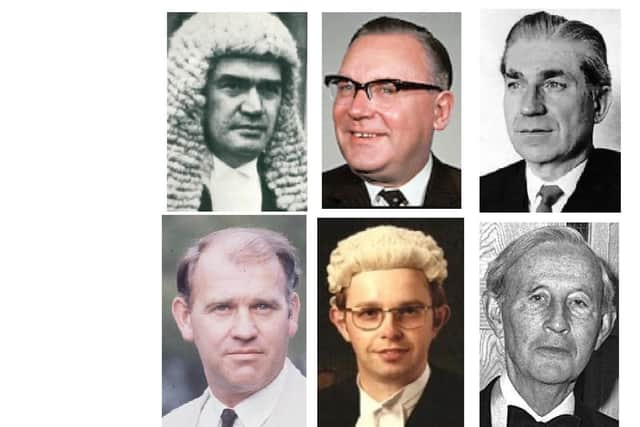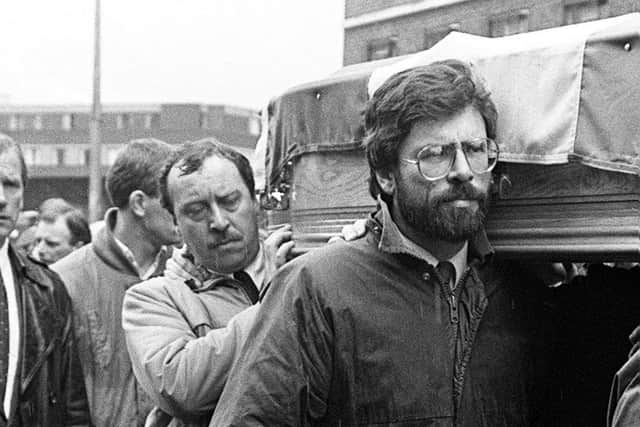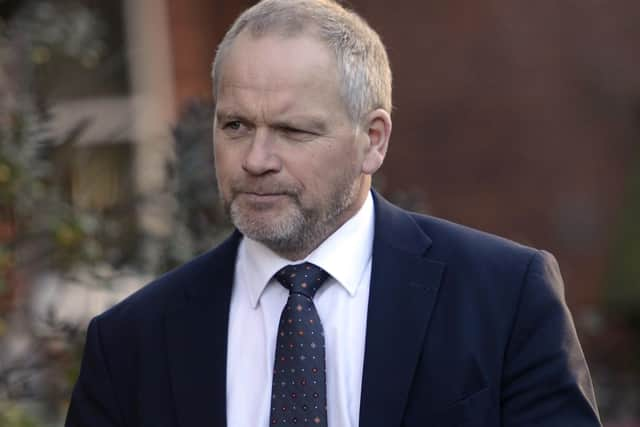Trevor Ringland: The Supreme Court ruling in the Gerry Adams case walked on graves of judges murdered by IRA


Why was he not excused from this duty?
The Supreme Court’s decision was unanimous and it reminds us, if we ever needed reminding, of the inherent fairness of the British legal system.
Lord Kerr must have been conscious of the many graves that Wednesday’s decision walked on.


Advertisement
Hide AdAdvertisement
Hide AdThe graves of those who, throughout the history of Northern Ireland’s Troubles, strove to uphold the rule of law, whether it was soldiers, police officers or his colleagues in the legal profession. Like the judges William Staunton, Martin McBirney, Rory Conaghan, William Doyle and Maurice Gibson or the barrister and lecturer Edgar Graham.
They were murdered by republicans as two hate-filled ideologies clashed — the malign versions of unionism and republicanism.
It was an unnecessary and unjustified conflict that killed 3,523 people, injured 47,000 and decimated our society and economy.
Throughout this period, even if we accept his claims that he was not in the IRA, Gerry Adams was at the forefront of a movement that was responsible for 60% of deaths.


Advertisement
Hide AdAdvertisement
Hide AdHe was pivotal in developing a toxic republican ideology that caused its own adherents to murder, to starve themselves to death or spend years in prison.
He was not a peacemaker, he was a peacetaker.
So, how should we respond as a society to this latest thrust into a wound that is still raw and open? First of all, we should redouble our efforts to build a peaceful and stable Northern Ireland and challenge those who argue otherwise, or who put their efforts into destabilising this place to further their constitutional aspirations.
There also has to be a measured response to address the unbalanced way that the narrative of the Troubles is being reshaped in our law courts.


To do that, there should be a team of police officers, like those who are involved in Operation Kenova, with a specific brief to find evidence to bring a successful prosecution against the republican terrorist leadership from those times.
No stones should be left unturned.
Advertisement
Hide AdAdvertisement
Hide AdThen, all the families of those who were murdered or those injured by the republican terror movement should be encouraged to bring civil actions against identified individuals (where there is not enough evidence for criminal prosecution).
Families should be encouraged to tell their stories and remind the wider public of what was inflicted upon them.
So far, the grace that they have shown through their silence has been thrown back in their faces over and over again.
Trevor Ringland, Co Down